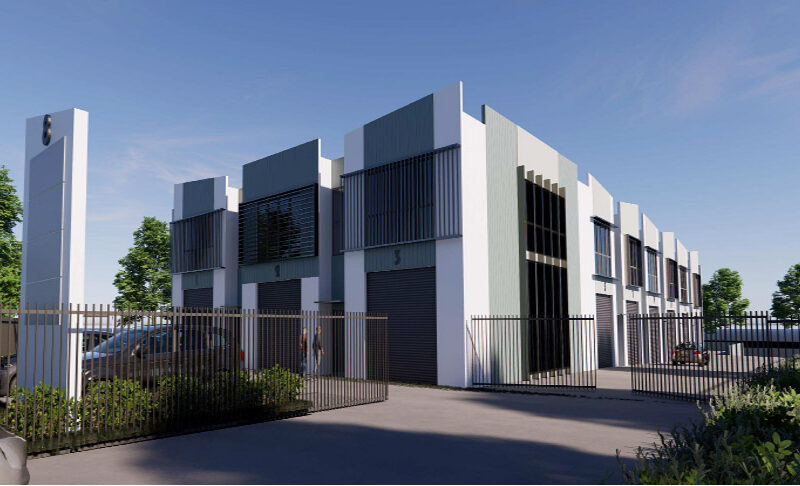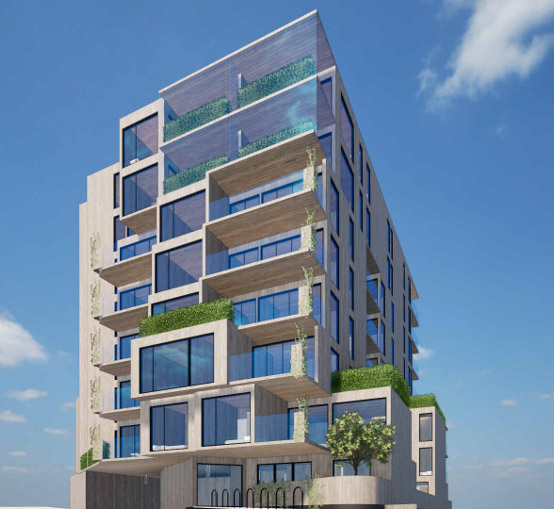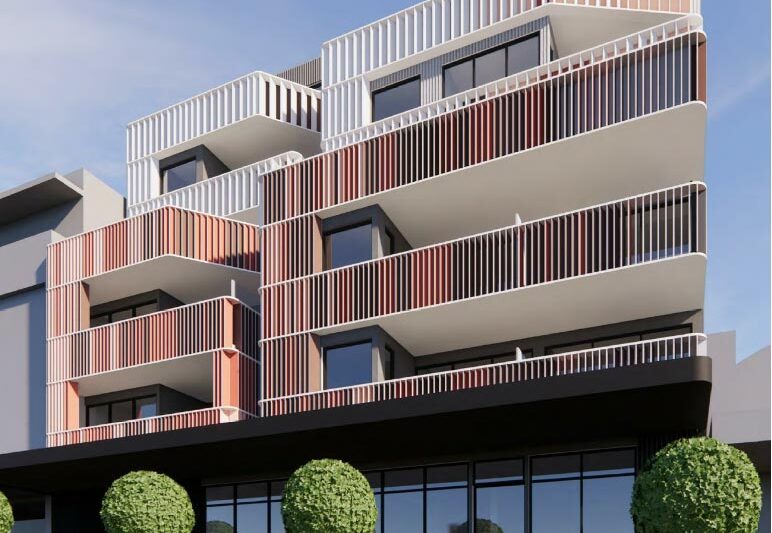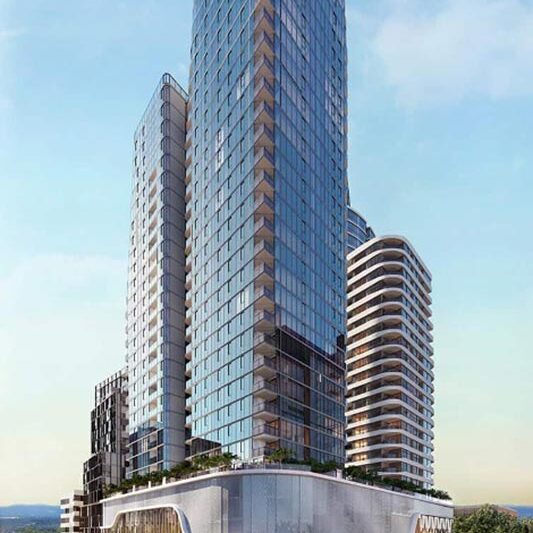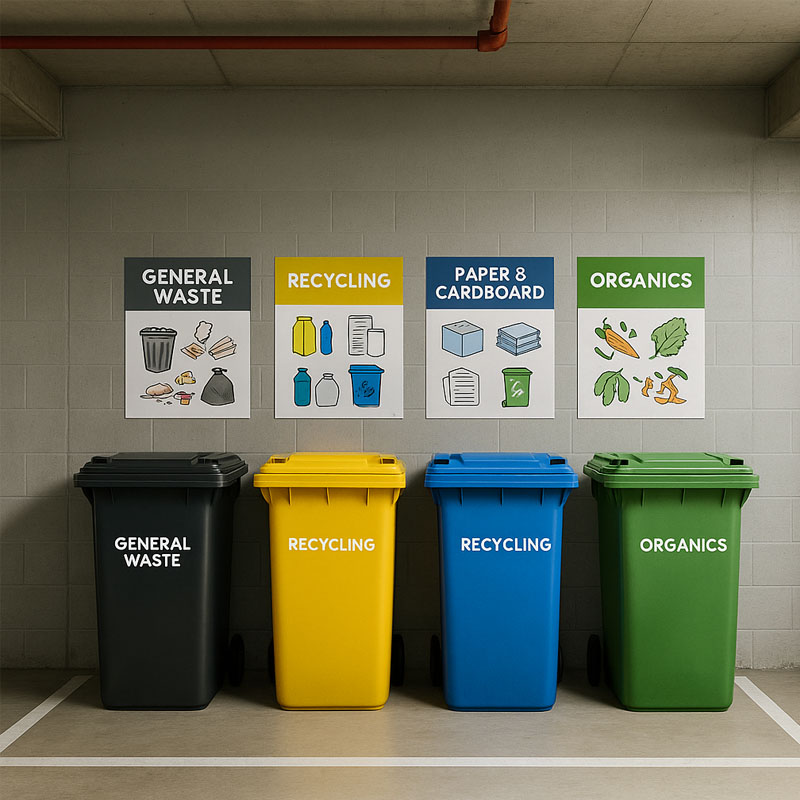
What is a Waste Management Plan?
In today's world, responsible and sustainable waste management is not just a good practice; it's a necessity. The Waste Management Plan (WMP) is pivotal in ensuring efficient waste handling, disposal, and reduction.
A Waste Management Plan is a document that outlines a comprehensive strategy for managing waste generated from various activities or projects in an environmentally responsible and sustainable manner.
These plans are typically developed to address the proper handling, disposal, and reduction of waste, with a focus on minimising negative impacts on the environment and human health.
Why is a Waste Management Plan needed?
Waste management plans are often requested by local councils during the planning process. Their purpose is twofold:
- Proper Handling: Councils want to ensure that there are enough bins designed to handle the operational waste, which includes both residential and commercial waste.
- Effective Removal: Ensuring that the waste can be effectively removed from the site is crucial. The plan needs to address whether waste and recycling can be picked up kerbside or if private collection is necessary.
WMPs are usually called up for mixed-use non-residential and more significant unit development sites to determine if waste and recycling can be picked up kerbside or require private collection.
Smaller development sites can also trigger the need for a WMP as the street frontage may include a large tree and several street signs limiting the space for kerbside collection.
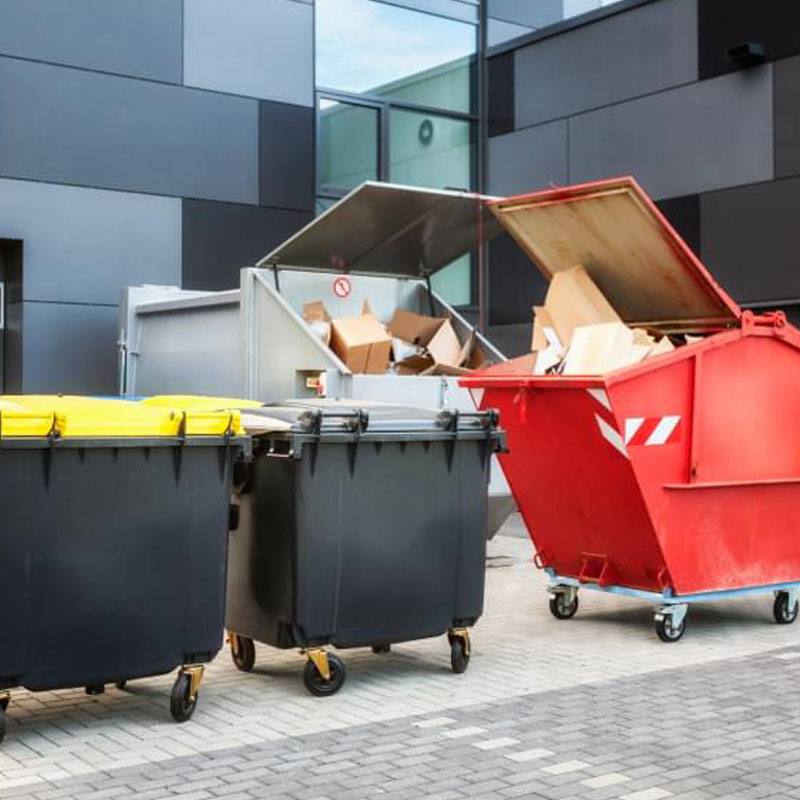
How we prepare a Waste Management Plan
Preparing a WMP involves three key steps:
Quantify Waste
We determine the amount of waste and recycling that will be created by the occupants or workers on a weekly and fortnightly basis. These rates will vary depending on the development, whether it is a residential or commercial project and what council it is located within.
Optimising Bin Placement
Once the amount of waste and recycling is calculated, we need to determine the number of bins, the most efficient size and the location. Again, all dependant on the development and the council with what we can nominate.
Waste Removal Method
Lastly, we need to determine the most appropriate form of waste rubbish removal and recycling. This can be either a private collection or a council kerbside collection.
Our Waste Management Plans provide you with:
- Bin waste and recycling size and quantity
- Bin waste and recycling location plan
- Justification of private or council kerbside collection
- Simple swept path diagrams for private collection
- What we need from you to prep
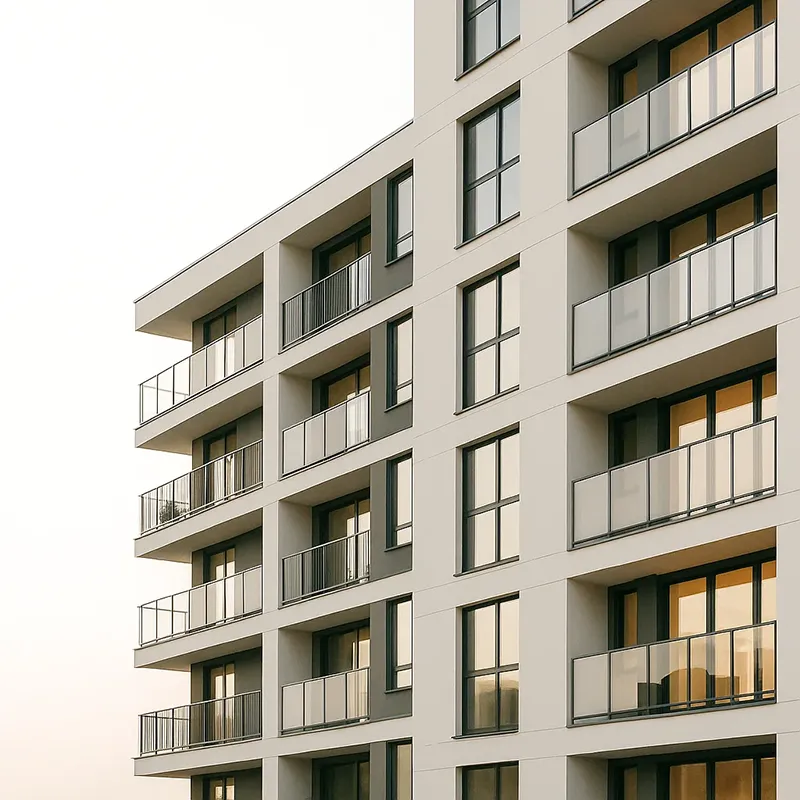
What we need from you to prepare a Waste Management Plan
We will need town planning drawings as well as the following:
- Site Plan
- Floor plan and basement car parking
- Elevations
- PDF and AutoCAD files
Once done, we will provide a report that:
- Demonstrate to the council how many bins are required
- Explains where bins will be located, and
- How waste rubbish will be removed offsite
When is the best time to prepare a Waste Management Plan?
The council will determine whether a waste management plan is required if they see issues with space for bins or the removal of waste and recycling. It is best to identify these issues early and have a waste management plan prepared so any potential issues can be rectified or designed for.
For example, if a simple three-townhouse development is proposed and the nature strip is full of trees, stop signs and a bus stop, the council will require a waste management plan to determine if there is enough space on the nature strip for all required bins required. If there is not enough space for council kerbside collection, then the bins will need their own enclosure and will require private collection.
Meanwhile, large apartment complexes will have dedicated bin areas that need to be big enough to house all the waste and recycling bins needed from the generated waste. It is best to know the correct bin sizes and quantity so that redesigns are not required later on.


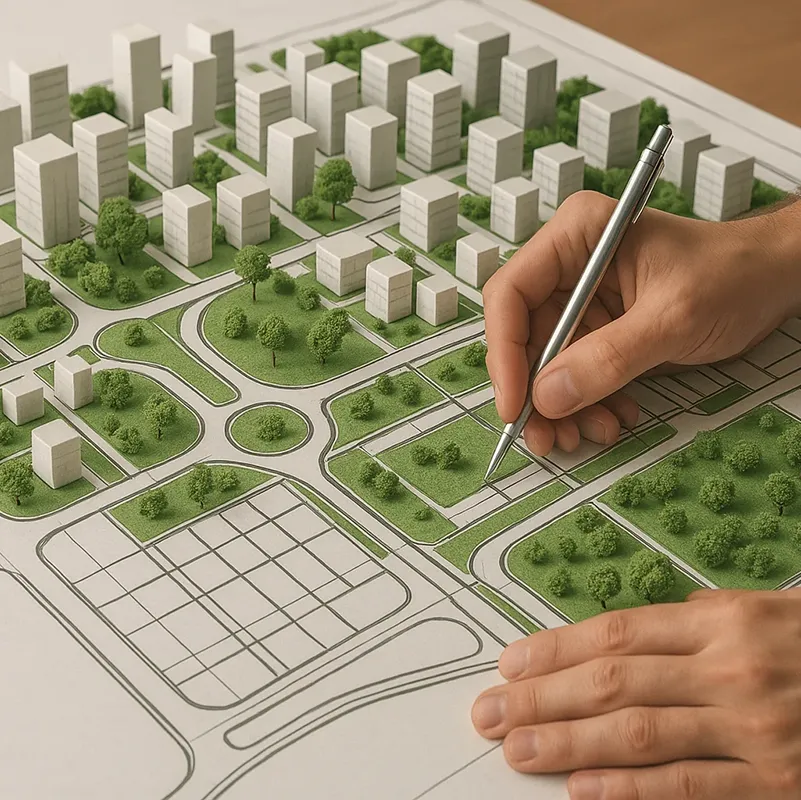
5 tips to consider when designing a multi-residential or commercial development
We’ve shortlisted five tips that designers and architects can use to streamline the Waste Management Plan for their development.
- Allocation Strategies
When planning waste management for various types of developments, consider council requirements and allocate the appropriate amount of space and resources. - Bin Size and Spacing
Optimize waste storage by adhering to standardised bin sizes and ensuring proper spacing between them, enhancing efficiency. - Efficient Storage Solutions
Utilise larger bins for better space efficiency, particularly when dealing with substantial waste quantities. - Organics Digesters for Waste Reduction
Consider organics digesters for significant food waste reduction and soil enhancement, providing a cost-effective solution for waste management. - Council Guidelines and Special Requirements
Familiarise yourself with council collection guidelines and accommodate any specific requirements for waste management plans.
Our fast & efficient process
Getting a 6 Star Energy Rating does not need to be timely, confusing or expensive.

See our work
J1V3 Assessments: Flexible and Cost-Effective Solutions for Commercial Buildings
At the heart of our commercial building services is our expertise in preparing J1V3 assessments. These performance-based assessments offer greater flexibility than the standard Section…
Comprehensive ESD and Waste Management Solutions for Sustainable Living
For this residential development, we provided a range of Environmental Sustainable Design (ESD) services, including preliminary energy ratings, daylight modelling, and waste management planning. The…
Ensuring Year-Round Comfort and Natural Light with our Comprehensive ESD Services
For this residential apartment project, our team was engaged to provide a suite of Environmental Sustainable Design (ESD) services, including preliminary energy ratings and daylight…
Mastery in Large-Scale Sustainable Development
This ambitious project demonstrated that no job is too big for our team to handle. Comprising 540 apartments and eight levels dedicated to shopping, offices,…
Sustainable Mixed-Use Development Triumphs at VCAT
Our firm was commissioned to provide a suite of services for a complex mixed-use development comprising an apartment building, retail spaces, and a hotel. The…
